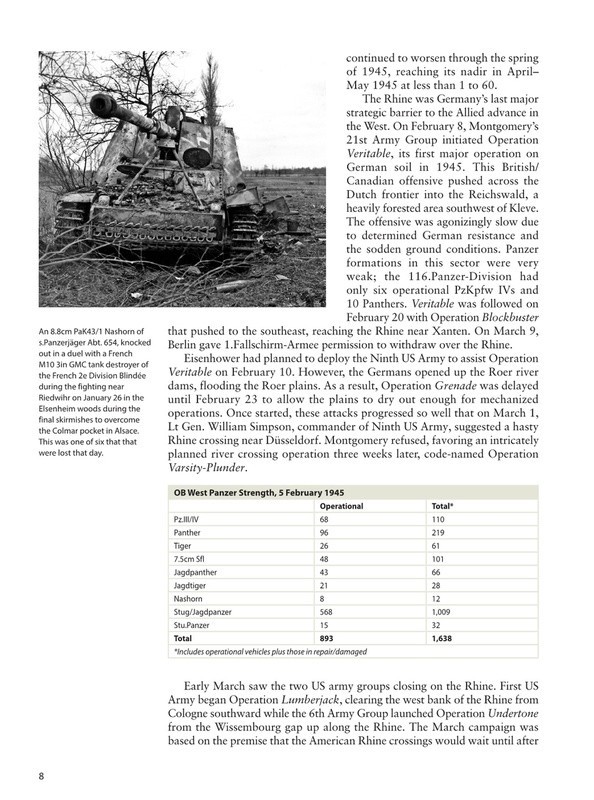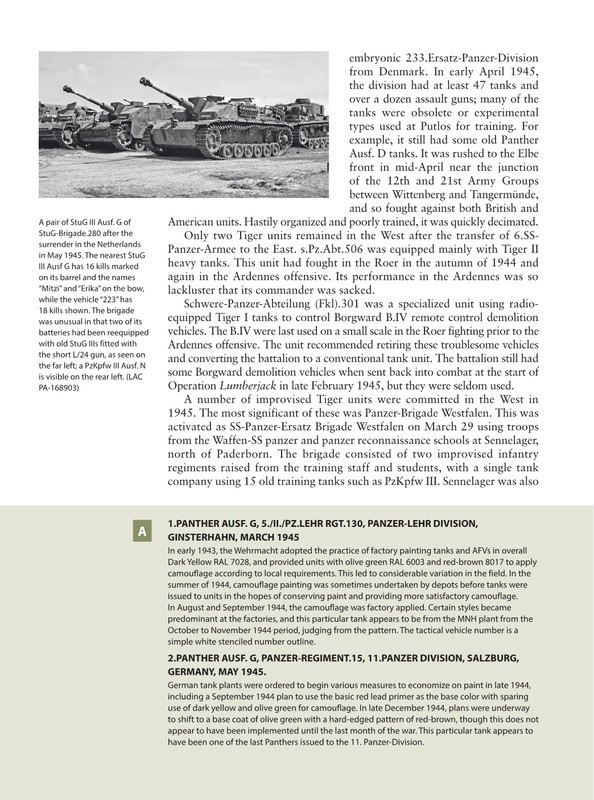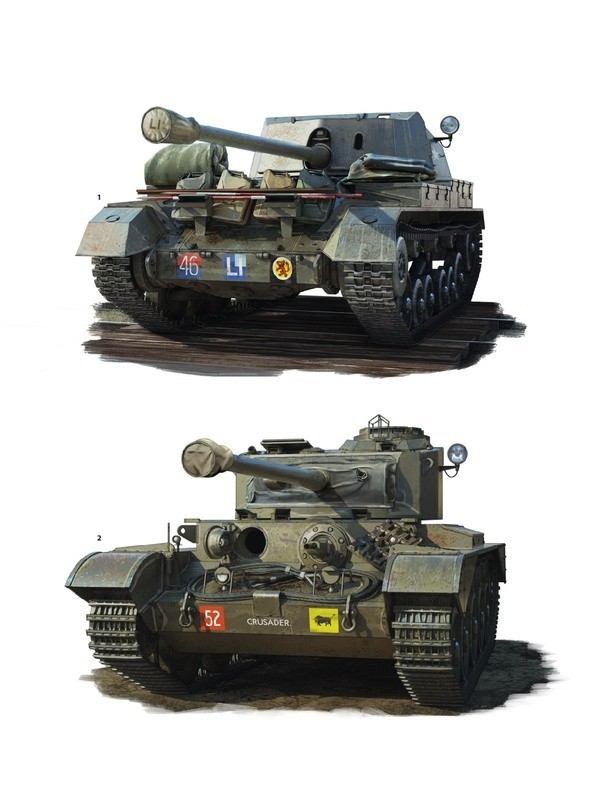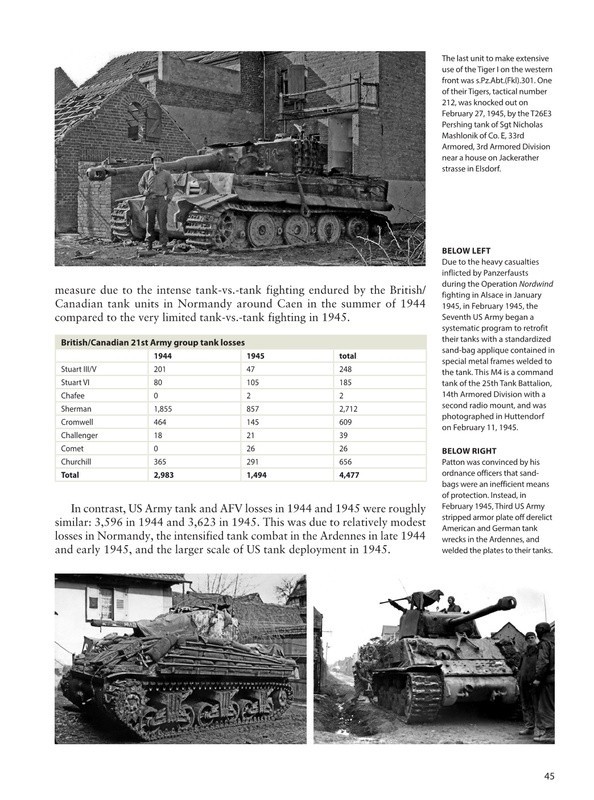The most recent addition to Osprey New Vanguard collection is focused on tank battles in Germany, 1945. As usual on this series, it is a softcover volume of 48 pages with text, photos and illustrations.
Given the extension of the book, it can be considered an introduction to the subject as there is no room to analyse it in depth. As such, it is an useful volume and fulfills its purpose.
It has been written by Steven Zaloga, a renowned author known by his extensive and rigorous research,. The illustrations are from Felipe Rodríguez and can be found throughout the book with detailed captions. There are also several photos, not very large but supporting the text.
This volume has been provided by Osprey Publishing for review using a digital edition.

First chapter of the book deals with The Campaign, the Operations, from the beginning of 1945 until the end of the war.
All main operations are mentioned, summarising the Generals involved, their armies, the objectives and what they achieved.
There are several tables with data of active German tanks on different months and split by tank type so it is possible to see the decline of the Panzerwaffe until almost dissappear. However, I miss some maps to help locating the places , directions of the attacks and positions of forces

The second chapter, Doctrine and Organization, describes the organization of the German Army, with the main units on this area and the successive Directives that reduced the size of divisions. There are details also on the independent heavy tank and anti tank battalions, so as antitank battalions inside Infantry and Volksgrenadier divisions.
Information on US Army comes next, again with the types of armoured divisions and how they were used, plus independent tank battalions and tank destroyers.
Finally there is similar information on British/Canadian armies , dealt together on this subsection. The author explains the composition of armoured tank brigades, how they were used and which tanks they had.

The third chapter, Technical Factors, describes the types of tanks used by each Army (German, USA and British/Canadian).
For each country there are types and features of the main tanks used. There are some tables providing figures related to the text, like the number of tanks on US Army (on this front) per type and month -which is interesting to compare with the German forces tables on the first section- or monthly tank strength of T26 and M24 per unit.
The British/Canadian section details the ratio of American/British tanks among other information.

Last chapter of the book is Battle Analysis, and summarises in two pages the Allied tank losses during 1945, its evolution and causes, using tables with the exact figures

Conclusion
This is a brief but interesting volume about the last tank battles on the Western Front, with a general view useful to have an idea of what happened, which were the main units involved and their vehicles. The text is well written, easy to read, and supported by numerous tables, photos and illustrations.



























